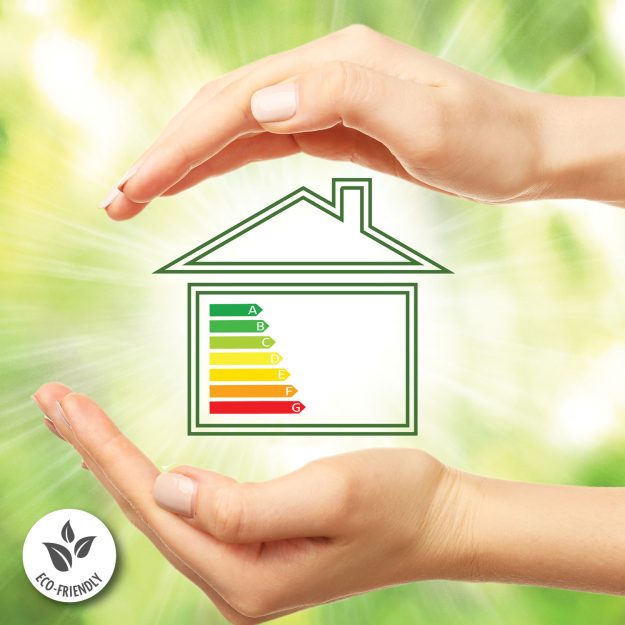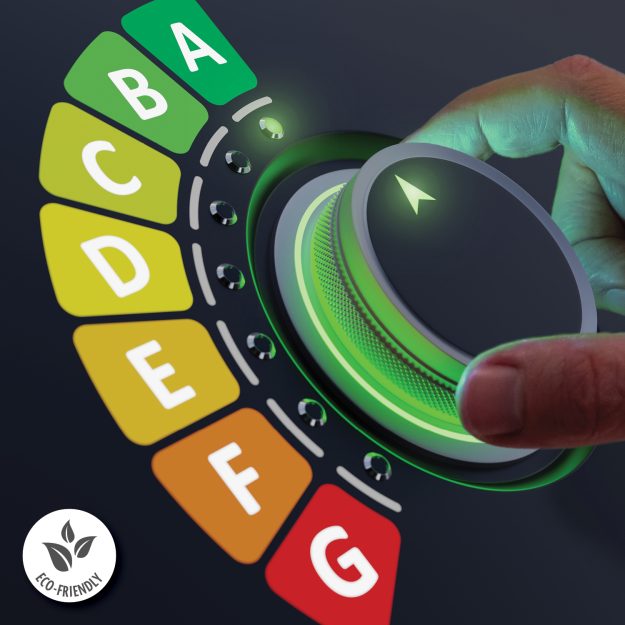6 Tips for Building an Energy-Efficient Home
Building a new home involves many decisions and expenses. As you work through the process, try making your new home as energy-efficient as possible. Let’s explore six ways you can build an energy-efficient home that promotes a sustainable future.
1. Optimize site selection
The first step in building an energy-efficient home is to choose the right location. Consider factors such as solar orientation, prevailing winds and surrounding vegetation. Maximizing natural resources, like sunlight and wind, can really reduce the need for artificial heating, cooling and lighting.
2. Efficient building envelope
A well-insulated building envelope is crucial for maintaining a comfortable indoor environment while minimizing energy loss. Use high-quality insulation materials in walls, roofs and floors of your new home. Opt for double- or triple-pane windows with low-emissivity coatings to reduce heat transfer. Finally, properly seal any gaps or cracks to prevent air leakage, ensuring your home remains airtight.
3. Use sustainable materials
Choosing sustainable and locally sourced materials can have a positive impact on both the environment and your health. Look for materials with low embodied energy, such as recycled content or renewable resources, like bamboo and cork. Opting for sustainable materials reduces the carbon footprint of your home and creates a healthier living environment.
4. Install energy-efficient appliances and lighting
Energy-efficient appliances and lighting fixtures can significantly reduce your home’s energy consumption. Look for appliances with an ENERGY STAR® label, as they meet strict efficiency standards. LED lighting is another excellent choice, as it consumes less electricity compared to traditional incandescent bulbs.
5. Consider renewable energy systems
Integrating renewable energy systems into your home is a proactive step toward energy independence. These include solar panels, wind turbines or geothermal systems that generate clean energy while reducing your reliance on the grid. Generating electricity sustainably will pay off for many years to come.
6. Water conservation strategies
Conserving water is an essential part of building an energy-efficient home. Install low-flow fixtures to reduce water consumption without sacrificing performance. Implementing water conservation strategies will save water while also reducing the energy required for water treatment and distribution.
Use the tips outlined here to build a home that has a lower carbon output and saves you money for years to come.





